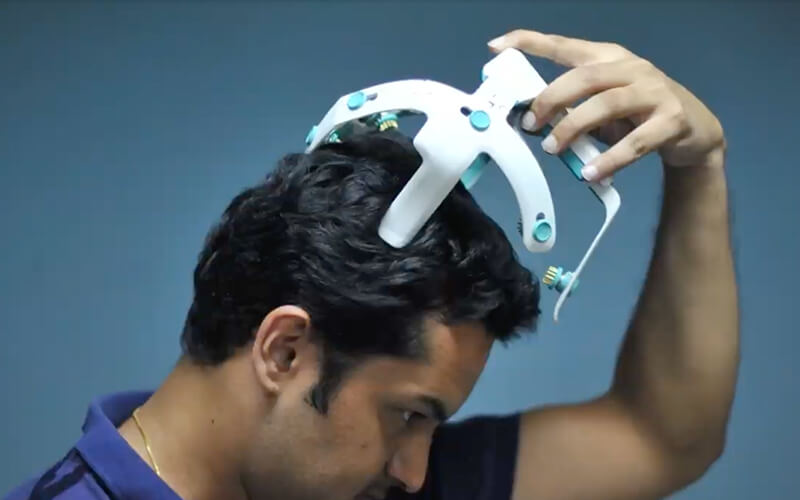SynPhNe, a Singapore-based organization, has developed the world’s first connected wearable solution that trains brain and muscle as one. This innovative technology helps people with physical disabilities resulting from neurological pathologies like stroke and traumatic brain injury, learning disorders, aging problems, chronic stress, and chronic pain.
Read more Hong Kong PolyU Develops Robotic Arm to Help Stroke Patients Move Upper Limb
According to the World Health Organization (WHO), globally, stroke is the second leading cause of death and the third leading cause of disability. Recent data shows that about 15% of strokes occur in people who are below 45 years of age.
The name SynPhNe is an abbreviation for Synergistic Physio Neuro platform. The company’s vision is to make Synphne the first line of prevention and treatment for non-communicable chronic disease and disability by 2030.
How It All Started?
Co-founder Subhasis Banerji suffered a near-fatal car accident in 1998 while in India. The accident left him with the brain and physical injuries, from which he took nearly 5 years to make a complete recovery. After doctors gave up on him within the first one year or so, Mr. Banerji started his own recovery journey using relaxation and movement techniques from his previous martial arts and yoga training. In 2007, he visited Singapore to do research on building a technology to help people with neurological and physical disabilities recover. There he met his co-founder Dr. John Heng and completed his Ph.D. on the SynPhNe system.

How It Works?
The SynPhNe device is very simple. It consists of 2 Gears—The HEAD GEAR which transmits EEG signals from the Brain, and the ARM GEAR which transmits EMG signals from the Muscle, thus making the brain and muscle work as one system.
How Is SynPhNe System Better Than Exoskeletons?
“Exoskeleton design is in its infancy from the mechanical engineering and control engineering aspect. At the moment, it seems to be an assistive device (patients can move while wearing the device) rather than a rehabilitative tool (patients become independent of the device and can move on their own),” Dr. Banerji told BiotechinAsia. “Exoskeletons add several variables to an already impaired arm or leg and do not as yet address the root of the disability problem – the subconscious tendency of human beings to first adapt towards compensation at brain and muscle levels rather than correction and re-learning. Exoskeletons are also, for the moment, too expensive and complex for elderly to use at home.”












